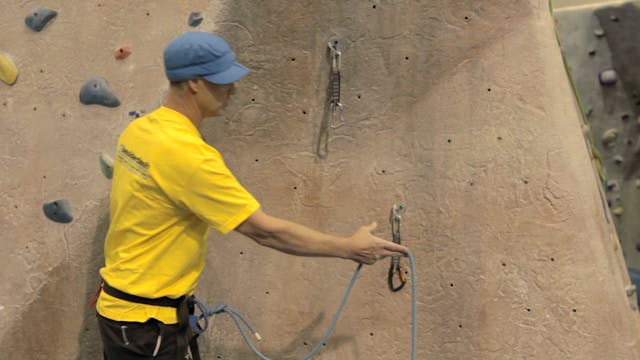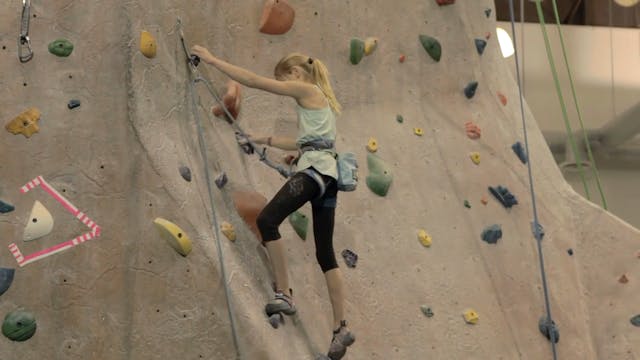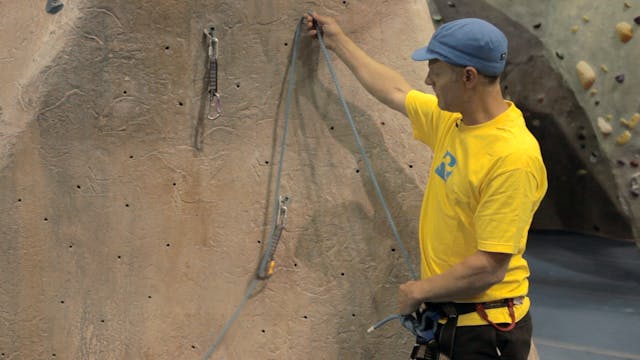Gym Lead Climbing: 1. Top Roping vs. Lead Climbing
Gym Lead Climbing
•
1m 13s
Here we highlight the idea of falling and/or fall potential, which is a key difference between top rope climbing and lead climbing.
Top Rope Climbing - The climber's fall is usually short, if at all.
Lead Climbing - There is potential for a greater fall, depending on how high above the climber is from their last clipped gear / piece of protection on the wall such as a “quickdraw”.
This potential for greater falls increases the level of danger. However, when done properly, it also increases the fun!
Details are depicted in this video, as well as in this entire video series. Feel free to comment below with questions or thoughts!
Please remember, climbing is inherently dangerous. Climb at your own risk.
Up Next in Gym Lead Climbing
-
Gym Lead Climbing: 2. How to Clip
Proper technique for how to clip into a quickdraw while gym lead climbing:
1. Know which way the carabiner gate is facing (left or right) on the quickdraw you’re approaching. In this instance assume the gate faces right.
2. Reach down with your right hand to the knot (where you’re tied in) ...
-
Gym Lead Climbing: 3. When to Clip
This video shows considerations for when to clip the lead rope into fixed protection, such as a pre-hung quickdraw.
Below are the three main considerations of determining when to clip, while on lead:
1. Where you are clipping in relation to your body.
2. Clipping above your head, versus ...
-
Gym Lead Climbing: 4. Avoid Back-Clip...
In this gym lead climbing video, we review the importance of avoiding “back-clipping”.
As part of proper rope clipping technique, the lead climber’s end of the rope is always clipped away from the wall, while the belayer’s end of the rope is on the inside of the wall. This offers the leader a ...


